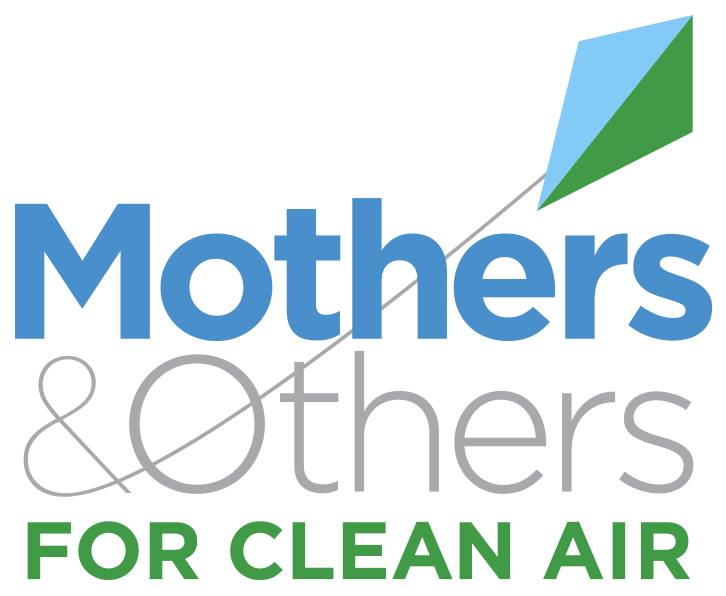This study examines race- and income-based disparities in cancer risks from air toxics in Cancer Alley, LA, USA. Risk estimates were obtained from the 2005 National Air Toxics Assessment and socioeconomic and race data from the 2005 American Community Survey, both at the census tract level. Disparities were assessed using spatially weighted ordinary least squares (OLS) regression and quantile regression (QR) for five major air toxics, each with cancer risk greater than 10−6. Spatial OLS results showed that disparities in cancer risks were significant: People in low-income tracts bore a cumulative risk 12% more than those in high-income tracts (p < 0.05), and those in black-dominant areas 16% more than in white-dominant areas (p < 0.01). Formaldehyde and benzene were the two largest contributors to the disparities. Contributions from emission sources to disparities varied by compound. Spatial QR analyses showed that magnitude of disparity became larger at the high end of exposure range, indicating worsened disparity in the poorest and most highly concentrated black areas. Cancer risk of air toxics not only disproportionately affects socioeconomically disadvantaged and racial minority communities, but there is a gradient effect within these groups with poorer and higher minority concentrated segments being more affected than their counterparts. Risk reduction strategies should target emission sources, risk driver chemicals, and especially the disadvantaged neighborhoods.
Published Dec 3, 2012
James W, Jia C, Kedia S. Uneven Magnitude of Disparities in Cancer Risks from Air Toxics. International Journal of Environmental Research and Public Health. 2012; 9(12):4365-4385. https://doi.org/10.3390/ijerph9124365
